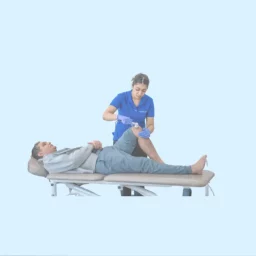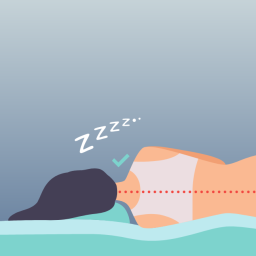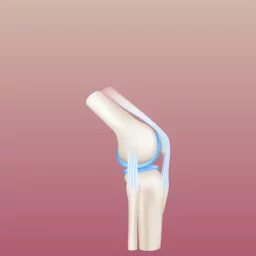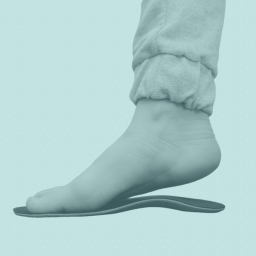Top Tips For Sitting and Ergonomics for Office Workers
We are all guilty of it. We just sit way too much. If you think about your day – typically we will sit for breakfast…then sit to get to work if driving, bussing, or even cycling…then we get to work and we sit, sit sit. I don’t think anyone could have missed in the news lately the headline “sitting is the new smoking”. And in many ways that is true. Excessive sitting can have a huge impact on our health. The good news though, is that there are a lot of things we can do to make healthy, positive changes to our day-to-day routine.
1. Move More
Incorporate activity into your day-to-day routine. This could mean walking to work, getting on or off the bus a stop earlier, or parking at the end of the parking lot. Get up and move around every 30-45 minutes while at work. Go for a walk around the building at break time and lunchtime. Opt to use the stairs instead of the elevator.
2. Ergonomic Assessment
It’s a fact that many of the day-to-day tasks which come with our jobs involve some amount of sitting. Sitting at a desk which is not fitted to you will most likely lead to pain and discomfort over time. Many employers do offer ergonomic assessments for their employees if requested. A professional will come to your office look at your workspace and make suggestions. It may be as simple as changing the computer screen or chair height or may involve needing a new setup altogether. Sit-to-stand desks have become very popular options. While this is great for alleviating the stress and strain from sitting, you can still set up a sit-stand desk improperly. Standing in one place all day can create other issues. The key is, as noted in our first tip, to move more through the day!
3. Footwear and Wellness Mat
What we stand on matters. For most people, we are standing on concrete with minimal cushioning. If we are wearing a shoe that is unsupportive, our feet, knees and lower back will feel that pressure. For those wearing heels, we typically recommend having a supportive flat or sneaking in the office that can be worn most of the day and switched into a dress shoe as needed. Another option which can be helpful for those using a sit-stand desk is a wellness mat. Wellness mats are relatively inexpensive but can provide a lot of cushioning to your feet, knees and lower back while standing. Custom orthotics can also be helpful. Talk to your chiropractors if orthotics would be right for you.
4. Wellness Programs
Take advantage of the wellness programs your workplace has to offer. This could be a fitness class or a lunch and learn. The classes will help get you moving and expand your knowledge on how you can live a healthier life!
5. Hydration
Are you someone who is living off of coffee to get through the day? It might be time to switch some of those coffees out for water. When we are dehydrated (even if slightly so) we may feel a little sluggish, fatigued, have trouble concentrating, and possibly develop headaches. As well, we may mistake feeling thirsty for feeling hungry. Try going for a tall glass of water instead of a snack. You may discover you were thirsty all along.
6. Sitting Posture Break
This is so easy to incorporate AND there is a great free app from the Canadian Chiropractic Association which will make it even easier. Check out “Straighten Up Canada” for quick and easy exercises you can do through the workday to give your body a break from the repetitive strain of computer work.
7. Talk To Your Chiropractor, physiotherapist, or Massage Therapist
We are here to help. Many of the issues we see are a result of micro-traumas or repetitive strain-type injuries related to posture and excessive sitting.
For more tips on posture and ergonomic workspace setup, we have in-house wellness workshops available. Our doctors often present these classes in business as well. Visit us online or call our CURAVITA Byward Clinic at 613-860-8600 or our CURAVITA Glebe Clinic at 613-237-9000.
















[…] and phones typically causes our heads to lean forward. On top of that, when we drive or sit at a desk, we reach ahead, causing even more rounding of our shoulders and upper back. Our spine and muscles […]
[…] time in front of the computer or a TV screen every day, then your posture probably isn’t perfect. We sit way too much– the average Canadian sits about 10 hours a day! We’re spending more and more time in […]
[…] today’s society, a common cause of repetitive strain injuries is computer work. Symptoms may vary depending on the body part involved. General symptoms can include localized […]
[…] aligned and when there is little to no tension in the nervous system. If you spend your day slouching in your office chair over a computer, you likely have less than ideal […]